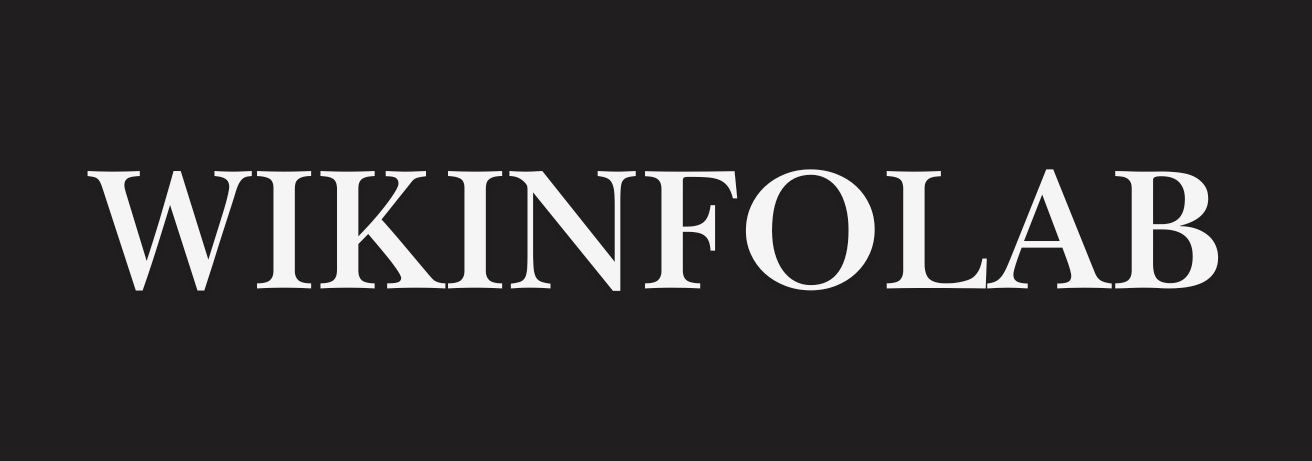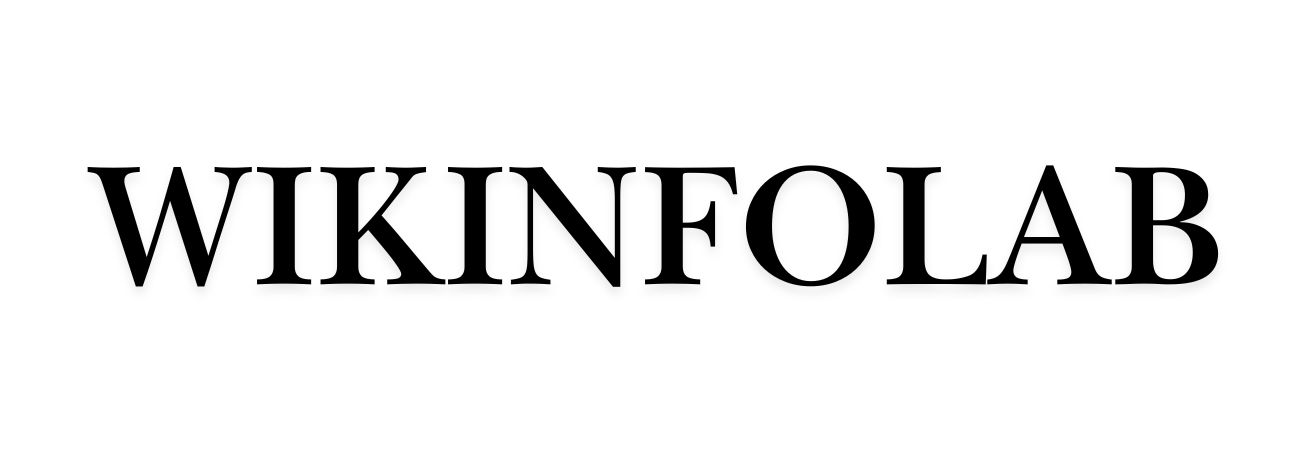The Rise of Glucose Monitoring in Smartwatches
In recent years, the integration of health monitoring features into smartwatches has made significant strides. Among these advancements, glucose monitoring stands out as a crucial development for individuals managing diabetes. This feature offers a convenient and non-invasive way to keep track of glucose levels, reducing the need for traditional finger-prick tests. The demand for wearable health technology has surged as people seek more accessible and less intrusive ways to manage their health.
Smartwatches equipped with glucose monitoring capabilities use advanced sensors and algorithms to provide real-time data. These devices employ various methods, such as optical sensors and bioimpedance, to measure glucose levels through the skin. This technology not only offers continuous monitoring but also helps users understand trends and patterns in their glucose levels over time. The ability to receive alerts and notifications when levels are outside the target range adds another layer of safety and convenience.
The appeal of smartwatches for glucose monitoring lies in their multifunctionality. Users can benefit from a range of features beyond health tracking, such as fitness monitoring, communication, and navigation. This integration makes smartwatches a versatile tool for those who need to manage their health while maintaining an active lifestyle. As the technology continues to evolve, the accuracy and reliability of glucose monitoring in smartwatches are expected to improve, further solidifying their role in personal health management.
How Smartwatches Measure Glucose Levels
The technology behind glucose monitoring in smartwatches is both fascinating and complex. One of the primary methods used is photoplethysmography (PPG), which involves shining a light onto the skin and measuring the amount of light absorbed by blood vessels. Changes in light absorption can indicate variations in glucose levels. This method is non-invasive and allows for continuous monitoring without the need for blood samples.
Another technique employed by smartwatches is bioimpedance, which measures the resistance of body tissues to a small electrical current. Glucose levels can affect this resistance, providing another avenue for monitoring. These methods are complemented by sophisticated algorithms that interpret the data collected by the sensors, offering users insights into their glucose levels in real-time.
Despite the advancements, challenges remain in ensuring the accuracy and reliability of these measurements. Factors such as skin tone, temperature, and movement can affect sensor readings. Manufacturers are continually refining their technology to address these issues, aiming to provide users with dependable and precise data. The development of calibration methods and the integration of machine learning algorithms are among the strategies being explored to enhance the performance of glucose monitoring in smartwatches.
The Future of Glucose Monitoring in Wearable Technology
The future of glucose monitoring in smartwatches looks promising, with ongoing research and development aimed at improving the technology. As the demand for non-invasive health monitoring grows, companies are investing in new sensor technologies and data analytics to enhance the accuracy and usability of these devices. The integration of artificial intelligence and machine learning is expected to play a significant role in this evolution, offering more personalized and predictive health insights.
In addition to technological advancements, regulatory approval is a critical factor in the widespread adoption of glucose monitoring in smartwatches. Ensuring that these devices meet stringent safety and accuracy standards is essential for gaining the trust of both healthcare professionals and users. As more smartwatches receive approval from regulatory bodies, their presence in the healthcare landscape is likely to expand.
Looking ahead, the potential for smartwatches to integrate with other health monitoring systems and electronic health records presents exciting opportunities for comprehensive health management. By providing a holistic view of a user’s health, these devices could facilitate better communication between patients and healthcare providers, leading to more informed decision-making and improved outcomes. As technology continues to advance, smartwatches are poised to become an integral part of personal health management, offering users greater control over their well-being.






